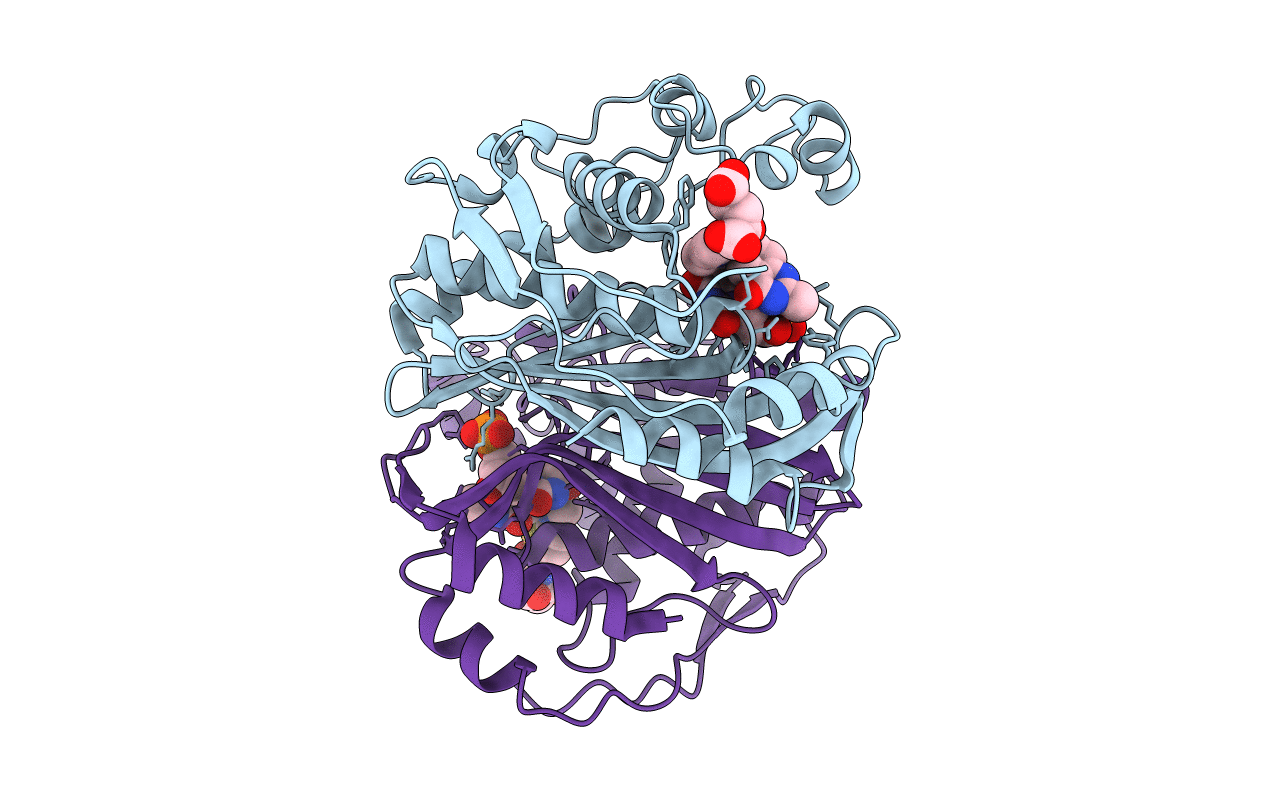
Deposition Date
2001-01-27
Release Date
2001-05-09
Last Version Date
2023-08-09
Entry Detail
PDB ID:
1I00
Keywords:
Title:
CRYSTAL STRUCTURE OF HUMAN THYMIDYLATE SYNTHASE, TERNARY COMPLEX WITH DUMP AND TOMUDEX
Biological Source:
Source Organism:
Homo sapiens (Taxon ID: 9606)
Host Organism:
Method Details:
Experimental Method:
Resolution:
2.50 Å
R-Value Free:
0.26
R-Value Work:
0.20
Space Group:
P 31 2 1


